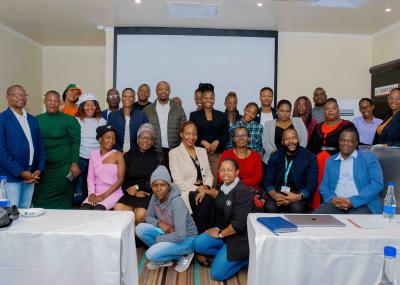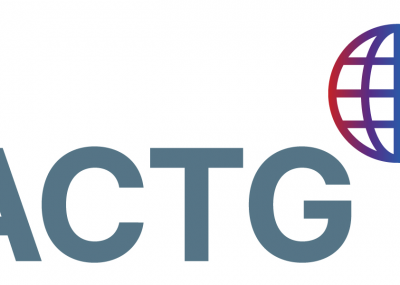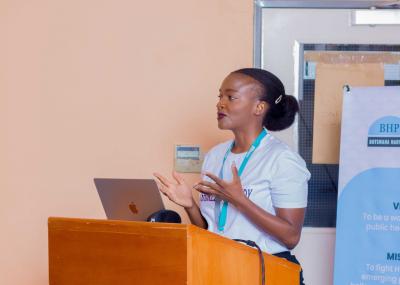Purpose: Men in Botswana present with more advanced cancer than women, leading to poorer outcomes. We sought to explain sex-specific differences in time to and stage at treatment initiation.
Methods: Cancer patients who initiated oncology treatment between October 2010 and June 2017 were recruited at four oncology centers in Botswana. Primary outcomes were time from first visit with cancer symptom to treatment initiation, and advanced cancer (stage III/IV). Sociodemographic and clinical covariates were obtained retrospectively through interviews and medical record review. We used accelerated failure time and logistic models to estimate standardized sex differences in treatment initiation time and risk differences for presentation with advanced stage. Results were stratified by cancer type (breast, cervix, non-Hodgkin's lymphoma, anogenital, head and neck, esophageal, other).
Results: 1886 participants (70% female) were included. After covariate adjustment, men experienced longer excess time from first presentation to treatment initiation (8.4 months) than women (7.0 months) for all cancers combined (1.4 months, 95% CI: 0.30, 2.5). In analysis stratified by cancer type, we only found evidence of a sex disparity (Men: 8.2; Women: 6.8 months) among patients with other, non-common cancers (1.4 months, 95% CI: 0.01, 2.8). Men experienced an increased risk of advanced stage (Men: 67%; Women: 60%; aRD: 6.7%, 95% CI: -1.7%, 15.1%) for all cancers combined, but this disparity was only statistically significant among patients with anogenital cancers (Men: 72%; Women: 50%; aRD: 22.0%, 95% CI: 0.5%, 43.5%).
Conclusions: Accounting for the types of cancers experienced by men and women strongly attenuated disparities in time to treatment initiation and stage. Higher incidence of rarer cancers among men could explain these disparities.




